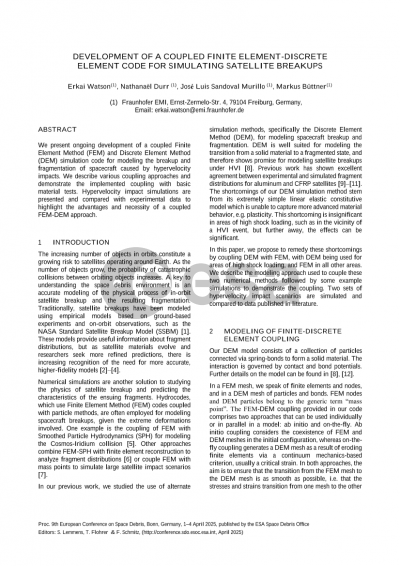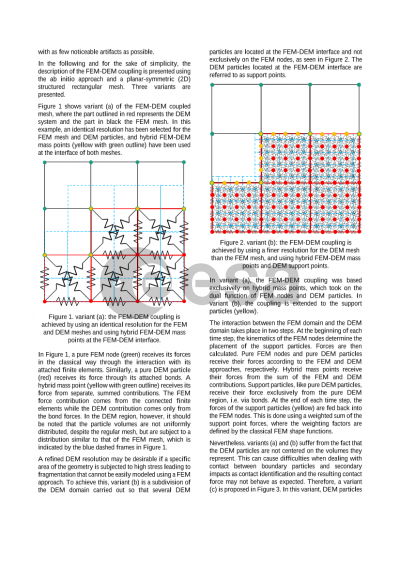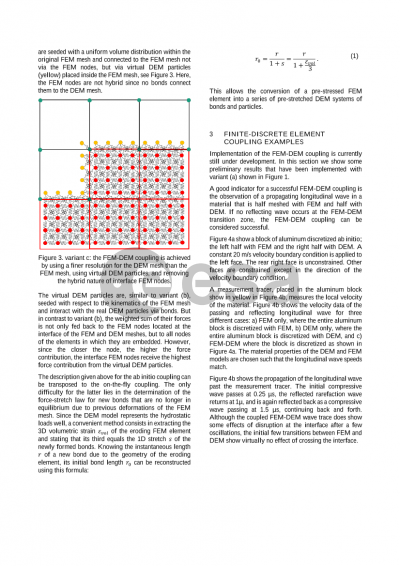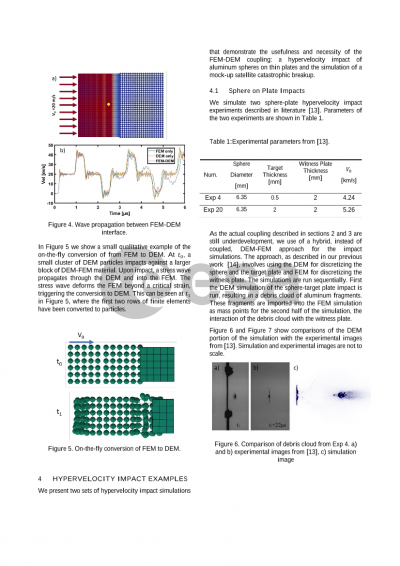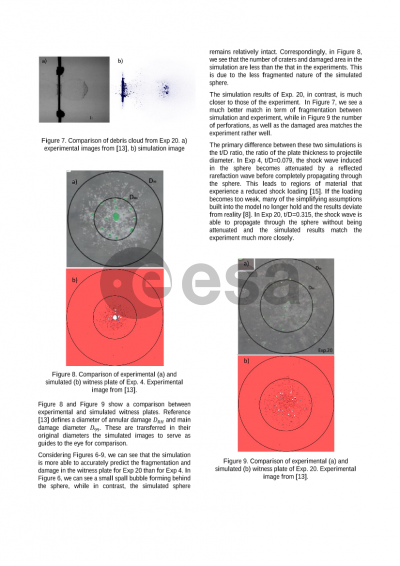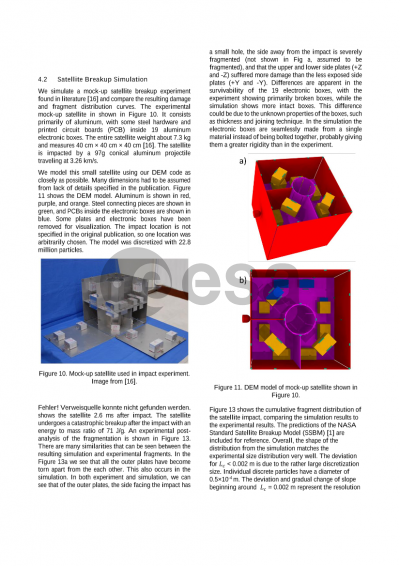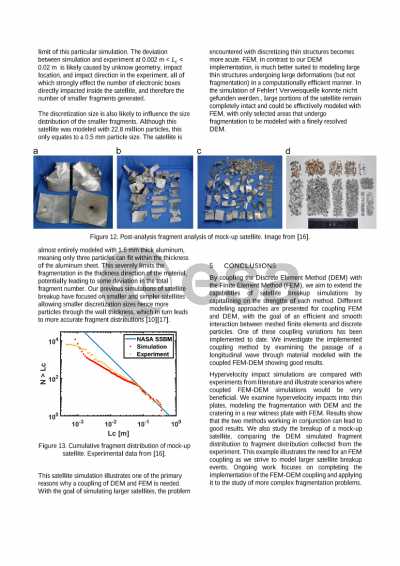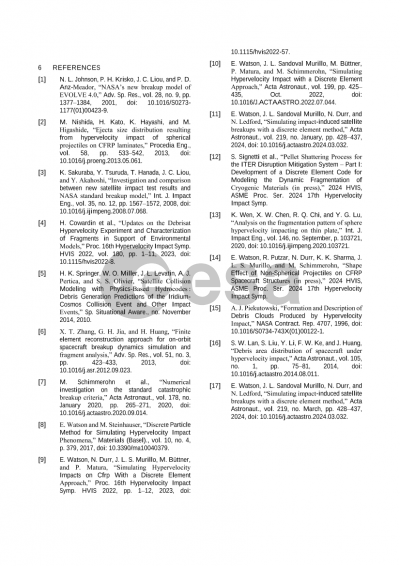Document details

Abstract
The increasing number of objects in orbits constitute a growing risk to satellites operating around Earth. A key to understanding the space debris environment is an accurate modeling of the physical process of in-orbit satellite breakup and the resulting fragmentation. Typically, empirical breakup models are used to predict the generation and distribution of new fragments caused by explosions or hypervelocity impact events, but researchers are increasingly seeking more refined predictions than basic breakup models can provide. Numerical simulations based on physical-mathematical models are one solution to studying the physics of satellite breakup and predicting the characteristics of the ensuing fragments.
In this paper, we present our development of a numerical simulation tool for modeling the breakup and fragmentation of spacecraft caused by hypervelocity impacts. The numerical model is developed as a merger of two existing in-house hydrocodes; one based on the Finite Element Method (FEM) and the other based on the Discrete Element Method (DEM). FEM is well suited for modeling structures and material deformation, while DEM is well suited for modeling the material transition from a solid to a fragmented state, an important phenomenon in hypervelocity impact. By coupling the simulations capabilities of FEM and DEM, we are able to achieve more accurate and computationally efficient solutions to complex breakup scenarios.
The key developments of the new model are the interaction and contact laws between finite elements (FE) and discrete elements (DE) and the conversion from FE to DE when damage or fragmentation begins. Parameter studies are carried out to investigate the optimal transition point from FE to DE, as the material undergoes an impact event. The simulation model, particularly the critical interaction of FEs and DEs, are calibrated and validated with a variety of simple simulated experiments ranging from basic material tests to whipple shield performance under hypervelocity impact. These simulations are compared with data in literature. More specific validation is performed by comparing simulations with results from small-scale satellite breakups experiments performed in the laboratory.
Preview
